Weeping Fig - need to prune
adriennepratt
17 years ago
Related Stories

GARDENING GUIDESGot Frost-Damaged Plants? How It Happens, and When and How to Prune
Crispy brown leaves are a sure sign that Jack Frost has been to your neighborhood
Full Story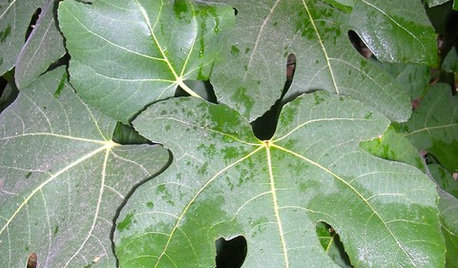
GARDENING GUIDESGreat Design Plant: Common Fig
A full form and delicious fruits make this Middle Eastern tree a favorite in gardens around the world
Full Story
HOUSEPLANTSPlay Up Some Fiddleleaf Figs for a Lively Indoor Tune
Strike a dramatic chord in a minimalist scene or a country note in a rustic setting — fiddleleaf fig plants harmonize with any style
Full Story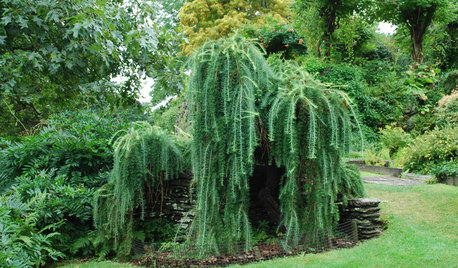
GARDENING GUIDESGreat Design Plant: Larix Decidua ‘Pendula’
Soft, graceful and sculptural, weeping larch is a star in northern U.S. gardens
Full Story
GARDENING GUIDESSouthwest Gardener's July Checklist
Hold on to your hat and prune those tree branches; monsoon season means damage prevention is key
Full Story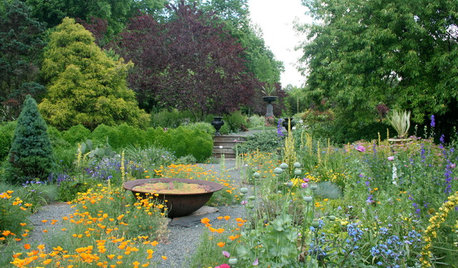
REGIONAL GARDEN GUIDESSoutheast Gardener's February Checklist
Pinch, prune and prepare this month — springtime's riches in the garden will be here before you know it
Full Story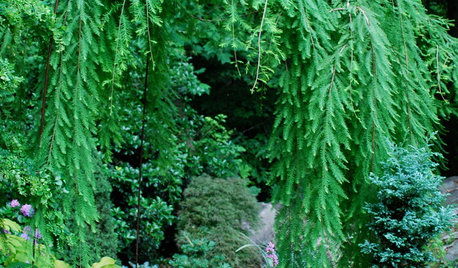
LANDSCAPE DESIGNThe Weepers and the Creepers: 10 Intriguing Trees for Your Garden
Bring something a little different to your landscape with a tree that dives, twists or crawls
Full Story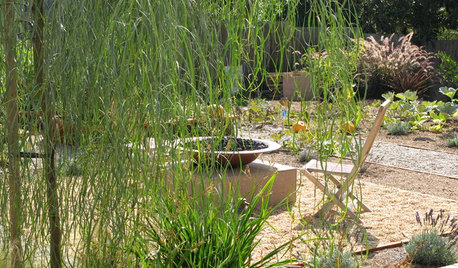
GARDENING GUIDESGreat Design Plant: Acacia Stenophylla
Skinny shoestring acacia makes an effective drought-tolerant screen where winters are relatively mild
Full Story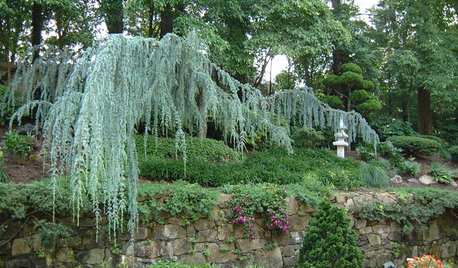
GARDENING GUIDESGreat Design Plant: Cedrus Atlantica ‘Glauca’
With its blue foliage and variety of shapes, blue atlas cedar earns its place in the sun
Full Story
FARM YOUR YARDIf You Have Room for Only One Fruit Tree ...
Juice up a small garden with one of these easier-care or worth-the-effort fruit trees for a mild climate
Full Story









tapla (mid-Michigan, USDA z5b-6a)
adrienneprattOriginal Author
Related Professionals
Windham Landscape Architects & Landscape Designers · Severn Landscape Architects & Landscape Designers · Signal Hill Landscape Architects & Landscape Designers · Canton Landscape Contractors · Berwyn Landscape Contractors · Golden Landscape Contractors · McLean Landscape Contractors · Palatine Landscape Contractors · Panama City Beach Landscape Contractors · Wayland Landscape Contractors · West Coon Rapids Landscape Contractors · Whitehall Landscape Contractors · Middle Island Interior Designers & Decorators · Rockland Interior Designers & Decorators · Sweetwater Interior Designers & DecoratorsadrienneprattOriginal Author
tapla (mid-Michigan, USDA z5b-6a)